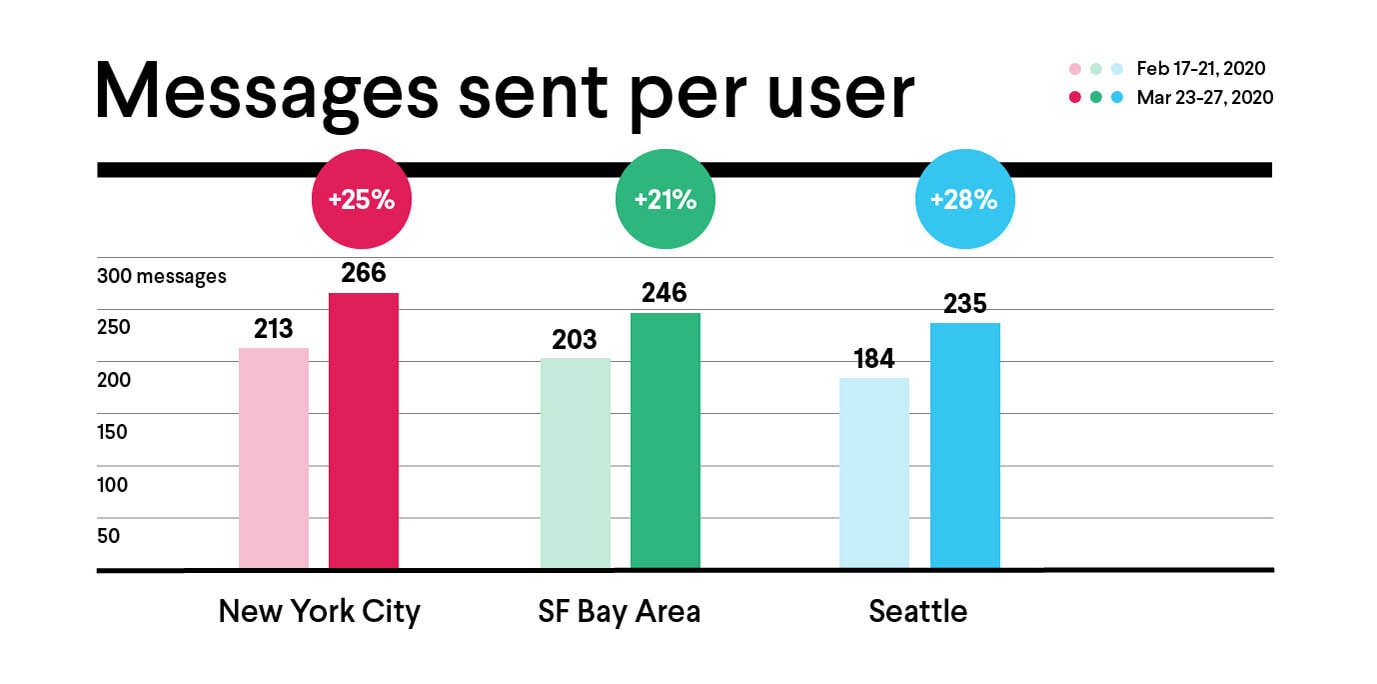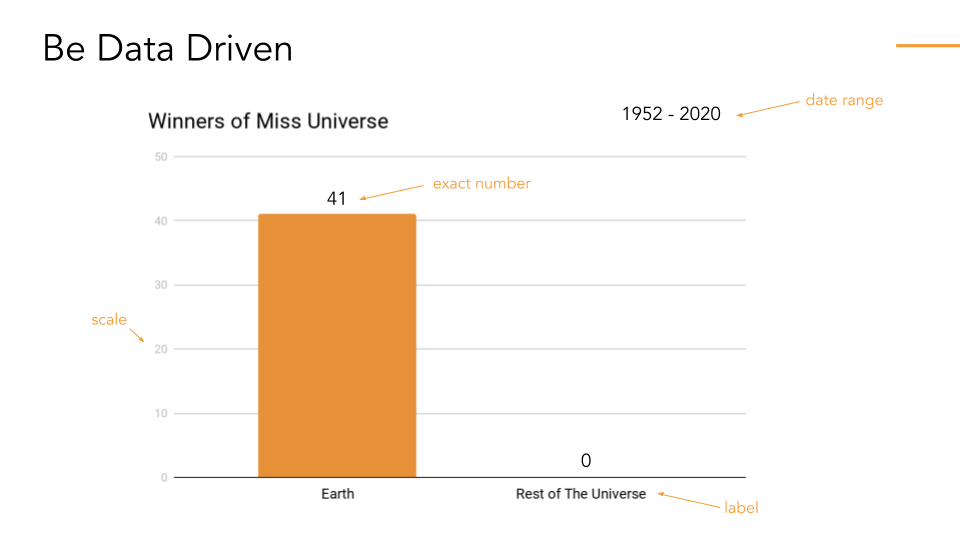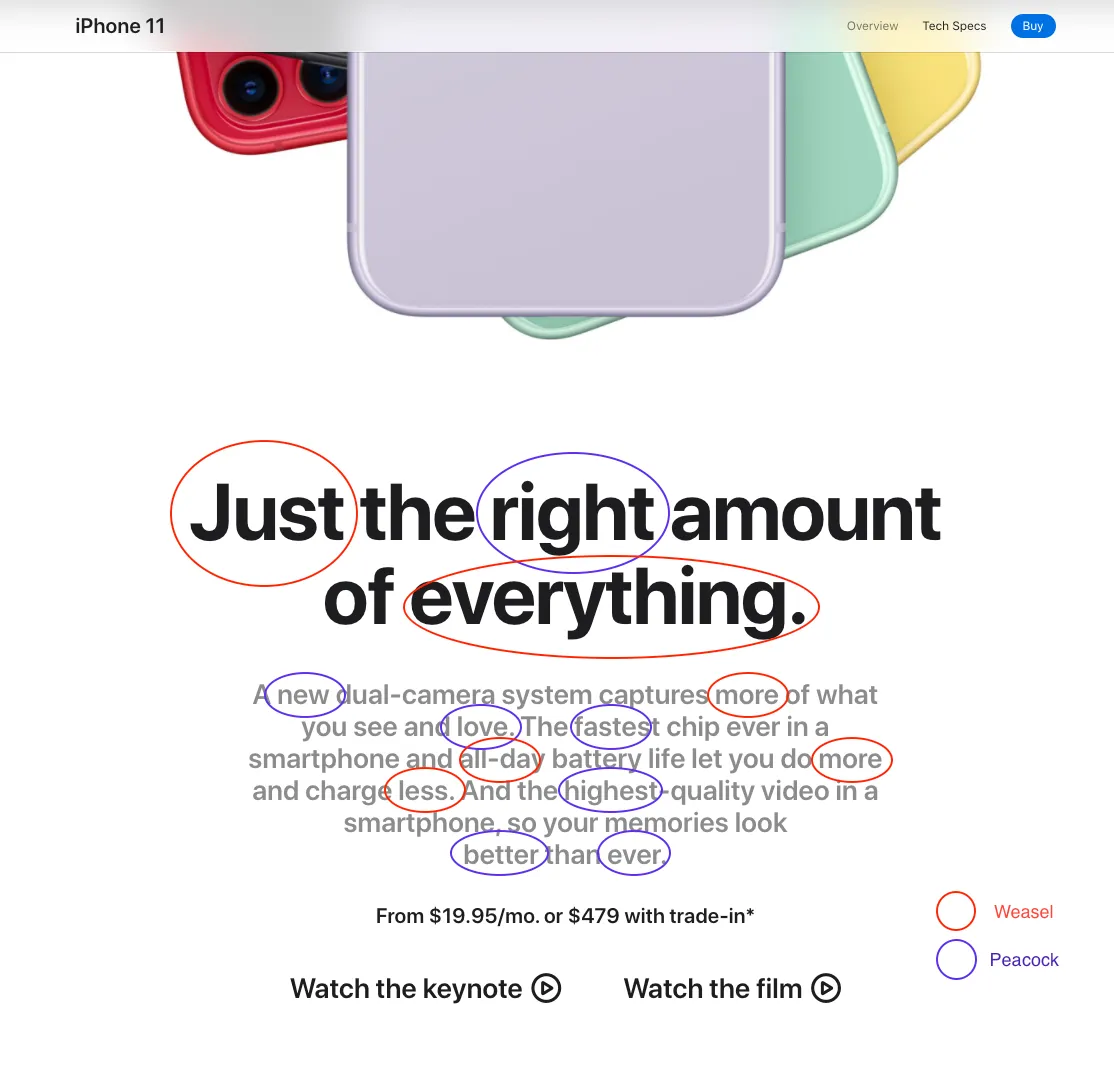Why?
Gutenberg’s mechanical press (invented in 1440) could print 3600 pages per day compared to 40 pages with handwriting (90 times more). The internet revolution reinforced writing and despite the growing usage of videos and photos, we still heavily rely on text to share knowledge (the English language Wikipedia gets 7.5 billion page views per month).
In a remote work environment, tools like Slack or Notion are now essential for employees. Slack messages increased by +25% between February and March 2020 (1). That’s why you should invest in writing your skills. Amazon understood that and gives training about writing to its employees.
 Slack messages increased by +25% during lockdown
(source Slack)
Slack messages increased by +25% during lockdown
(source Slack)
The fundamentals of Writing
 Photo by Thomas Habr on Unsplash
Photo by Thomas Habr on Unsplash
Before you write anything, ask yourself the 3 following questions.
Why do you write?
When you write a document there is always a selfish reason. You want to get something from your audience. Share some information, ask them to do something (subscribe, buy). Start with Why.
## Who is your audience? You need to know who you are writing for, the messaging will differ. One common trait is that you usually write for people who are expert in their field. Your colleagues are different from a group of investors and a panel of scientists. Adapt your style.
## Why your audience should read? We learn to write in school, where the audience (the teachers) are paid to read you. They are paid to care about your essay. In the real world, we read things that can bring us value. So you want to give your audience something, there should get a benefit. Don’t talk about you, talk for them.
This idea is explained in more details in the video The craft of writing efficiently by Larry McEnerney.
Obsolete writing
 Photo by Mark Zamora on Unsplash
Photo by Mark Zamora on Unsplash
Documents last and are easy to share. I left Amazon in 2019, to join Spendesk a fintech Startup. Yet, I know from a former colleague, that a document, I wrote back in 2014 at Amazon, is still used. So write for everyone, and do not expect any context from your reader. Write so it doesn’t become obsolete.
1. Use Date.
Why? Your document will last. We rarely delete anything. So it could be read by anyone in the future. Do not use relative reference but absolute time.
❌ The deadline is next week
✅ The deadline is on Friday 25th of July 2020, at 5 pm.
❌ Today, Spendesk raised 35 million euros
✅ On the 1rst of October 2019, Spendesk raised 35 million euros
2. Use absolute reference.
Why? Companies are changing fast, what’s true today could become false. Do not use reference that depends on a known piece of information. Between 2019 and 2021, Spendesk the company I worked for, changed office 3 times. So we do no write “the new office”, we instead called them by their street name in Paris “Rue d’Hauteville” or “Rue de Londres”. Amazon uses a similar system based on airport Code, my first office was “LHR10” for London Heathrow, which was near Barbican my last one was LHR16!
❌ We arranged the move to our new office 3 weeks ago
✅ The people team arranged the move to our office rue d’Hauteville in March 2018.
3. Use the correct units.
An amount depends on its currency, a distance can be km or miles, etc…
❌ Air-condition is set to 23°
✅ Air-condition is set to 23°C
❌ Spendesk raised 35 million
✅ Spendesk raised 35 million euros
4. Avoid jargon or acronyms.
Why? they exclude newcomers and non-technical experts. Some projects have cute little names. But once the project is done, nobody remembers.
❌ Freelances have to sign an NDA
✅ Freelances have to sign a Non Disclosure Agreement (NDA)
Biased Writing

People tend to focus on the red flower, they will describe this picture using things like “Stand out” “be different” with a positive connotation. While the data clearly indicate an exception and we are in a field of yellow flowers. Worse if I am selling yellow flowers, the red one could be a loss. The way the picture is taken push people to see what’s in the centre. A different angle would result in a different message.
5. Avoid weasel words
According to Wikipedia “A weasel word is used to create the illusion of a specific and meaningful statement when it only carries ambiguous content. Anon-exhaustive list: some, often, must, might, experts, it’s been said.
❌ We often had this bug it impacted many clients. It’s urgent to fix it.
✅ We had this bug 3 times in July 2020 it impacted 301 users across 12 companies.
6. List your sources
It’s easy to come up with numbers, it’s hard to interpret them properly. Always quote your source, in case someone would like to proofread your interpretations.
❌ Slack messages increased by +25% during the lockdown.
✅ Slack messages increased by +25% between February and March 2020 as published in Slack blog post (1)
7. Avoid Peacock word
Peacock words are used to promote the subject while not imparting verifiable information. (“outstanding technical skills”, “most innovative algorithm”, “well-crafted experience”). They can make you look good but are just presumptuous.
❌ Spendesk detects fraud using the most innovative machine learning techniques.
✅ Spendesk detects fraud using a combination of random forest regression and recurrent neural network.
8. Be data Driven
Don’t tell readers what to think, give them the data and let them make their own conclusions.
❌ All the customers were impacted by a major issue, during this event. We lost a lot of money. Hopefully, we fixed the main problem really quickly.
✅ 10 400 customers couldn’t complete a purchase for 2h13, due to a server failure introduced by a code change, resulting in an estimated loss of $50 000 (+/- 4%).
⚠️ It’s not longer, both sentences have 24 words. You can apply the same advice to graphs.
 a data-driven graph
a data-driven graph
9. Be concise
People attention span is low. Make it short.
❌ Valentin was able to successfully unblock the situation.
✅ Valentin unblocked the situation.
10. Understand exceptions
There is a difference between information and marketing. Marketing campaigns or ads are biased by definition as they try to sell you something. They do not follow the previous rules. For instance, the following Apple ad contains many weasel and peacock word. For internal communication or sharing information avoid biased writing.

Conclusion
Writing the Amazon way is hard but efficient. It takes time to gather the correct data and requires some review to avoid biased writing. It’s not just a way of writing it is a way of thinking. It removes emotion from the decision process. A badly written document will be challenged and bring more questions. A good one will help you make the right decisions.
 Razor Modal
Razor Modal




